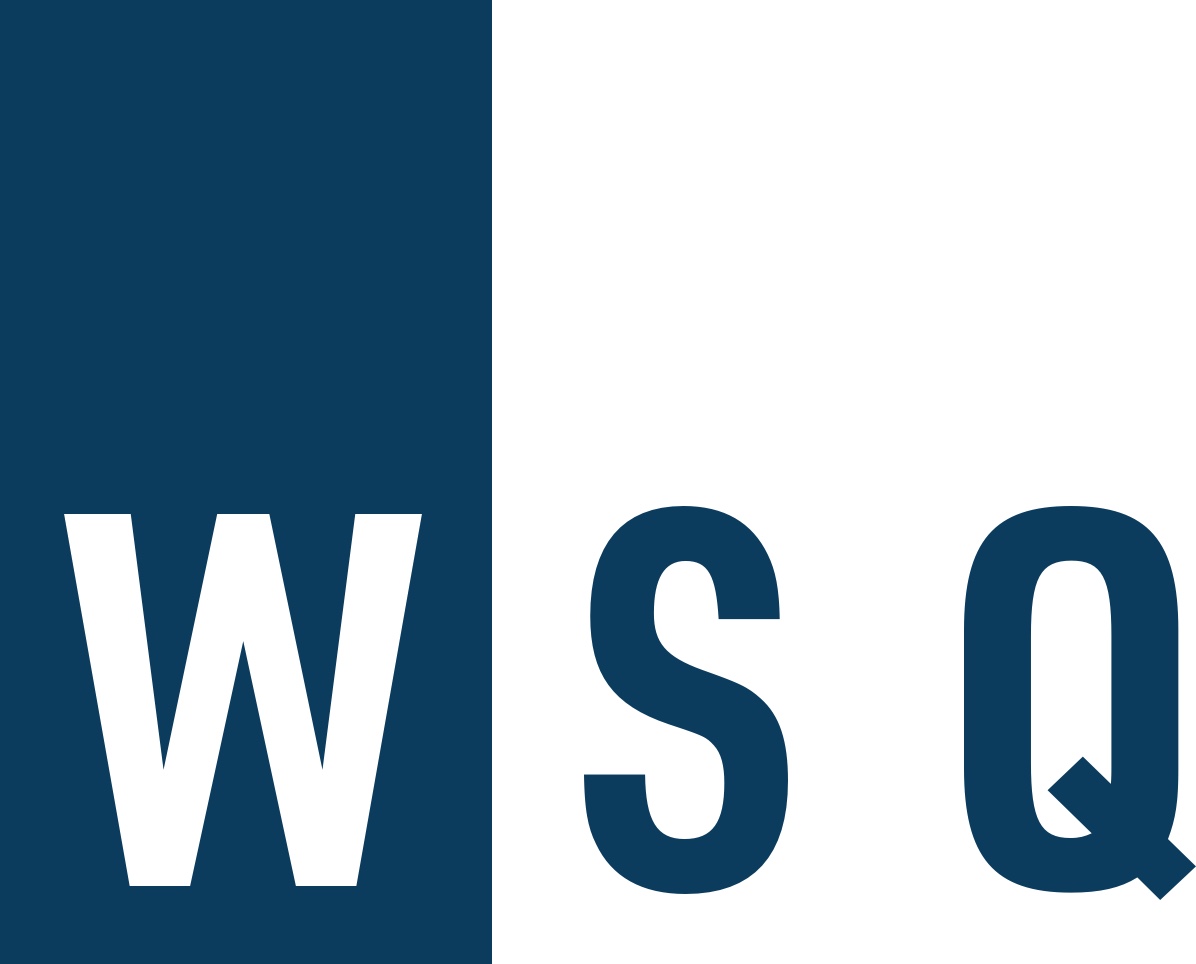Ruin
Category
CoverAbout This Project
Ruin
Volume 39, Numbers 3 & 4, Fall/Winter 2011
Amy Herzog, Joe Rollins
Excerpted from the Editor’s Note
Named for the Biblical prophet Jeremiah, the “jeremiad” is now associated with any extensive literary work, often prose but sometimes poetry, decrying the downfall of society, moral decay, or ruination of the world as we know it. In the passage quoted above, Jeremiah predicts the destruction of Israel at the hands of a wrathful God who is displeased by the wickedness of those he made in his image. Here, we are warned of an angry, vengeful deity with powerful means of destruction at his disposal and there is no escape. For many, such invective, framed in declension narratives, portends an end of something sacred, valuable, necessary, cherished. Ruin is upon us and it portends dramatic change.
Ruin inspired the theme for this issue after the earthquake that devastated Haiti in January of 2010. That catastrophe killed or injured hundreds of thousands of people, left millions homeless, and demolished much of the infrastructure in an already fragile, developing nation. At that moment, ruin seemed an especially apt way to think about much of what was happening in the world and not just geologically, but also economically, politically, and socially. New Orleans continues to rebuild from the ruin of Hurricane Katrina. The ruins of Air France Flight 447 have been found on the floor of the Atlantic Ocean. Totalitarian governments across the Middle East are in ruins. Tornadoes have ruined whole communities across the United States. Much of Japan has been ruined by a combination of catastrophes, natural and man-made. The global economy is still in tatters. It seems that we live among ruins large and small.



